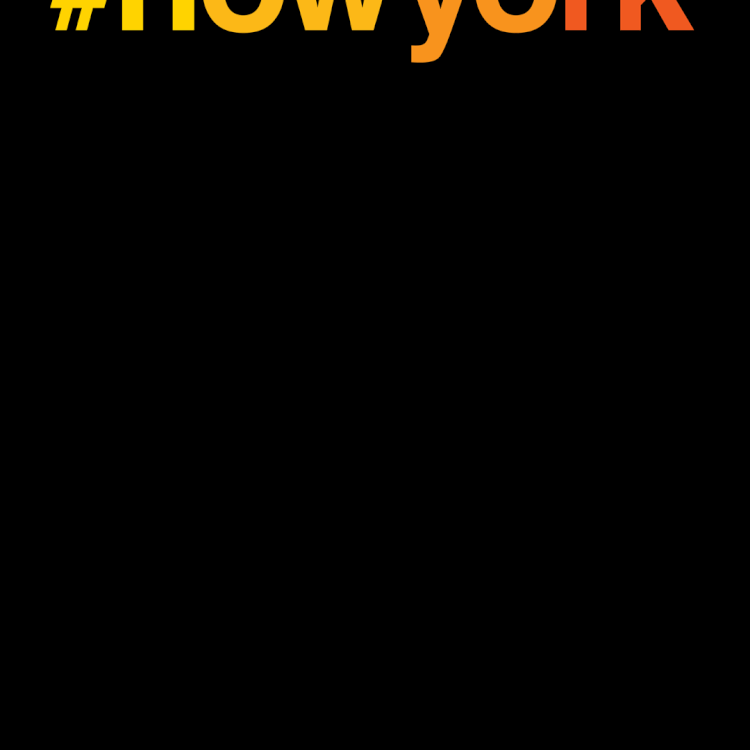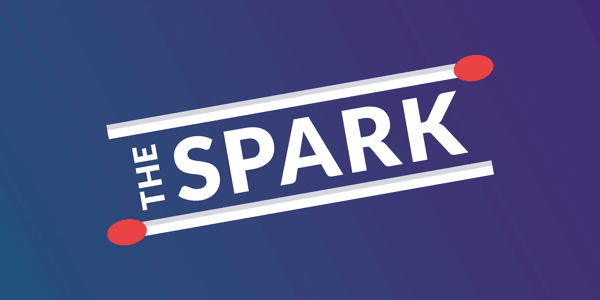Socially AccessibleMore than a quarter of the U.S. population lives with a disability, and it’s past time that social media reflects that by being accessible to all. While many of the big name platforms have tools to assist users with disabilities to actively participate, it’s critical for brands themselves to take all needs into account when posting content.
For example, marketers on TikTok will soon be able to automatically add generated captions to videos, making them easier to watch not only for deaf and hard of hearing viewers, but also for anyone watching when it’s difficult or inconvenient to use audio. This simple yet powerful feature means brands can more easily create accessible content, engage with expanded audiences, and showcase increased inclusivity.
As platforms like Facebook, LinkedIn, Twitter, TikTok and beyond release tools like these, it’s up to brands to utilize them. That starts with adopting best practices like adding descriptive alt tags to images, capitalizing each word in a hashtag, using emojis sparingly, and adding closed captions to videos. Not only will this make your content ADA conformant, but also help reach the broadest possible audience. Brands that are sensitive to the needs of all audiences will make great strides toward building lasting relationships.
TL;DR: To reach the largest audience, it’s critical for brands to make their social media accessible to all.
If You Aren’t Talking Audio, I Don’t Want to TalkLet’s give a warm welcome to two new players entering the live social audio game: professional platform LinkedIn, which announced the development of audio rooms, and music and podcasting pro, Spotify, which acquired Betty Labs, the company behind the live sports audio app, Locker Room.
Nearly every major social media platform is developing its own form of live audio rooms to compete with the rising star, Clubhouse. At this point, it’s tough to say who will come out on top. Clubhouse pioneered the audio space for industry-focused conversations and casual networking — but LinkedIn’s existing user base and professional nature may make this the more natural place for brands (especially B2B) to try audio. On the other hand, Spotify does pretty much everything right when it comes to streaming and podcasting, but its live audio focus will center around music, culture, and sports, making it more of a fit for consumer-focused brands. With so much rapid growth occurring in the audio space, one thing is loud and clear: Brands can’t turn down the volume on this trend any longer.
TL;DR: LinkedIn and Spotify are the latest two platforms to announce their own developments in the live social audio space.
Clubhouse Cash GrabFrom the aforementioned LinkedIn and Spotify announcements to Instagram’s Live Groups, Clubhouse faces serious competition in the audio streaming space. So in a bid to keep popular talent on the app, the audio originator is rolling out Payments, its first monetization feature for creators.
Listeners will be able to transfer funds to creators by simply visiting their profile and tapping on the “Send Money” prompt at the bottom of the screen. It’s basically a virtual tip jar, and 100% of the money goes to the recipient.
While Clubhouse signups soared after a certain “Technoking” joined, signs show the app is losing momentum. But with Payments, creators will be incentivized to create content while also being rewarded by the platform for being a recurring host — which could be crucial for keeping folks from moving to competitor platforms. Clubhouse will need to make money eventually in order to be a self-sustaining business, but its Payments model should indicate to brands that it’s serious about keeping its content in “tip” top shape.
TL;DR: In an effort to keep ears in the rooms, Clubhouse is rolling out Payments, its first monetization feature for creators.
What Lit Us Up
What’s Old Is New (and Now) AgainWho doesn’t love a good comeback story? We sure do, and so do the folks behind the #NowYork campaign. Led by a group of major talents within the marketing industry, it’s a multichannel effort that aims to inform native New Yorkers and Big Apple lovers that the city is open and inspire vaccinated visitors to come and enjoy all that the city has to offer.
The campaign is running across social media and digital billboards around the city, featuring its namesake hashtag and highlighting restaurants, venues, and other businesses that are back open. Currently, proceeds from #NowYork merchandise are being used to fund the campaign with hopes to later be able to donate the money to charity.
Backed by support from the NYC Mayor’s Office, the goal is to spur (vaccinated) New Yorkers and city-goers to come out and play and breathe energy back into the streets — now. While it carries on 2020’s familiar “we’re all in this together” tone, the #NowYork campaign gives it a spin that is a welcome change of pace after months of negative news and constantly being told to stay indoors. It’s likely the first of many similar campaigns we’ll see heading into summer as brands and cities themselves work to reverse the messaging that has permeated our lives during the pandemic — but leave it to New York to band together and get there first.
TL;DR: The #NowYork campaign encourages New Yorkers to get back out there by highlighting NYC restaurants, venues, businesses, and more that were impacted by COVID-19. (Was this email forwarded to you? Sign up here.)
|
-1.png?upscale=true&width=346&upscale=true&name=Tier%20One%20logo_color%20(1)-1.png)


